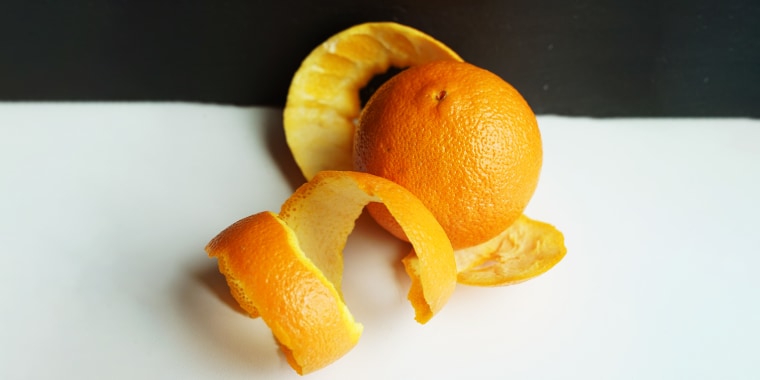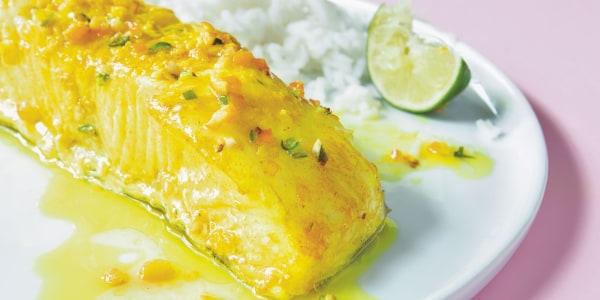April is Earth Month and if you're looking for an easy way to help out the planet and cut down on food waste, ditch the peeler and enjoy some of your fruits with the skin on.
Sure, many of us are just fine with eating the skin on apples, pears and plums, but we tend to ditch others that we think are inedible or just too tough. And there are some great nutrients to be found in the peels of several fruits. Here are four of our favorites.
Banana
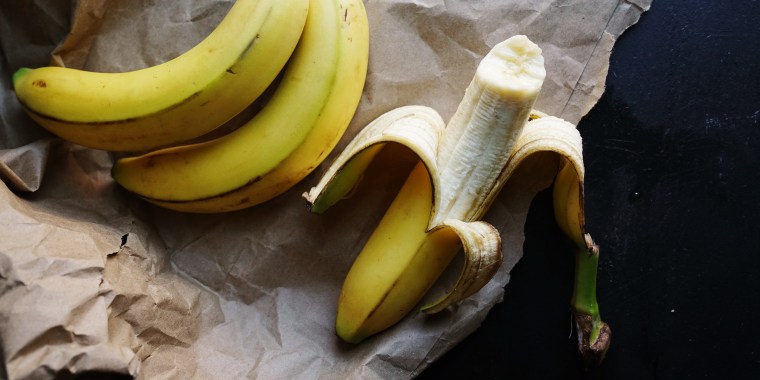
Surely one fruit peel you just can't eat is the super fibrous one covering a banana ... right? Nope! Banana peels are totally edible, if prepared correctly. Bananas are known for their high potassium content, with each medium fruit containing a whopping 422 milligrams.
The peel contains an additional 78 milligrams of potassium, plus plenty of filling fiber.
The peel on a fresh banana is pretty tough and slightly bitter. To eat it up, give it a good wash, remove the stem and try blending it into a smoothie, or frying it or baking it for at least 10 minutes. The peel also becomes thinner and sweeter as it ripens, so you may want to wait a few days for the banana peel to develop some spots. And while some advanced home cooks love using banana peels as a substitute for pulled pork in vegan barbecue sliders, a more approachable way to start using peels is to just add them into banana bread for a boost of fiber.
Kiwi
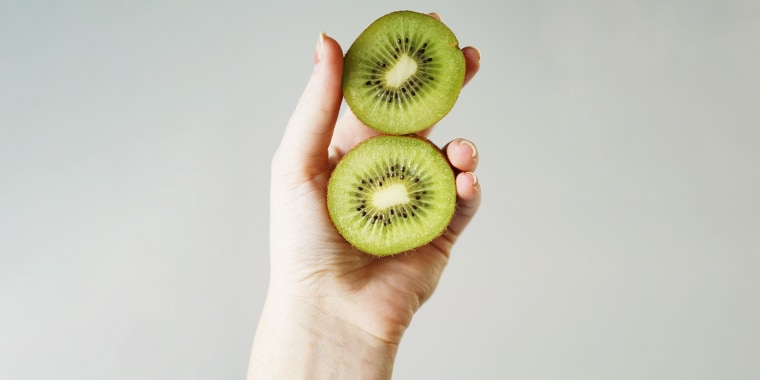
After cutting a kiwi, it's pretty easy to scoop out the green flesh with a spoon, leaving the furry brown skin behind. But that means you're also ditching plenty of nutrients as well. As long as you wash it well, you can eat the brown skin of green kiwis, as well as the smooth skin on gold ones.
According to the California Kiwi Commission, eating a whole kiwi with the skin on ups the fiber intake by over 30%. Considering most people aren't eating enough fiber (which aids in digestion and helps control sugar levels), this is good news for kiwi lovers. Other important nutrients in the skin of kiwis include vitamin E, folate and polyphenols, which have antioxidant effects.
Orange

You're probably already using the zest of citrus fruits, like lemons and oranges, to add flavor to your recipes, but you're likely not using the whole peel. Yes, we know, the pith is bitter but that doesn't mean you can't use it in different ways.
You can cook both the peel and the flesh of oranges into a flavorful marmalade (first, make sure to wash the outside of the orange well under running water). Or, slice them thinly into rounds, which can be grilled and eaten in a salad or tossed with pasta. Candied orange peel is surprisingly easy to make and is great on its own or as a cocktail garnish.
Watermelon
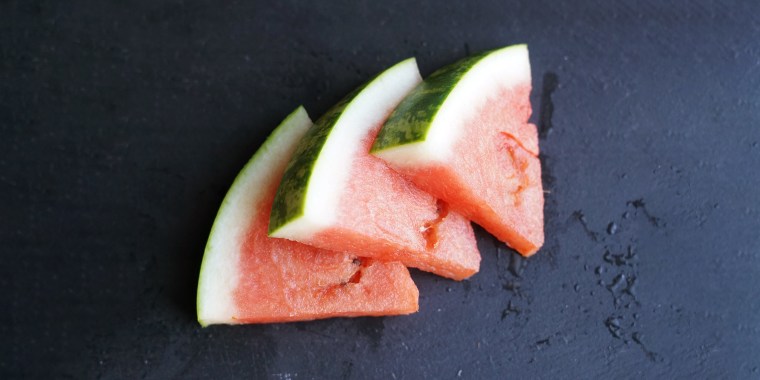
The pink flesh of a watermelon is loaded with beneficial nutrients, like lycopene, potassium and vitamin A. It's also an amazing source of hydration, making it an ideal summertime treat on hot days.
That thick rind not only serves as a convenient handle for a juicy watermelon slice, it's also a source of additional nutrients like the amino acid citrulline.
According to the Watermelon Board, which represents 800 watermelon growers, the entire rind including the outer dark green skin is edible. Biting into a raw watermelon rind may be a tall order, but you can try blending it into a smoothie or pickling it. The rind can also be used in stir fries and as a slaw. However you use it, first make sure to wash the outside of the melon well with running water to remove dirt and debris.
But if the idea of eating all of these peels and skins still doesn't truly appeal to you, you can always help reduce food waste by composting the scrapes you're not eating.
